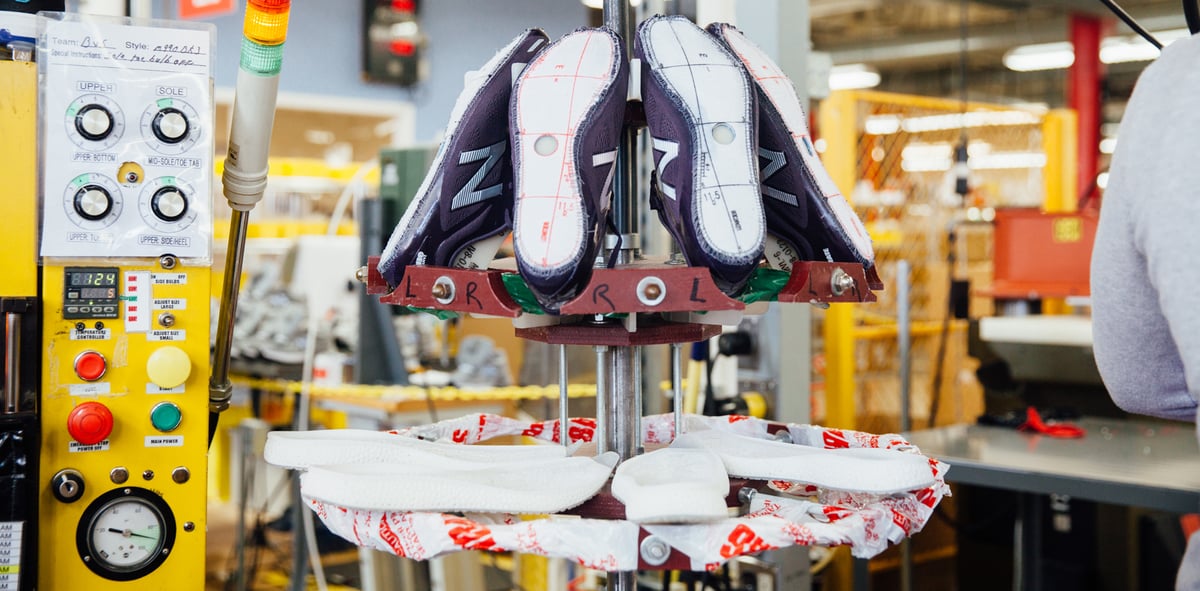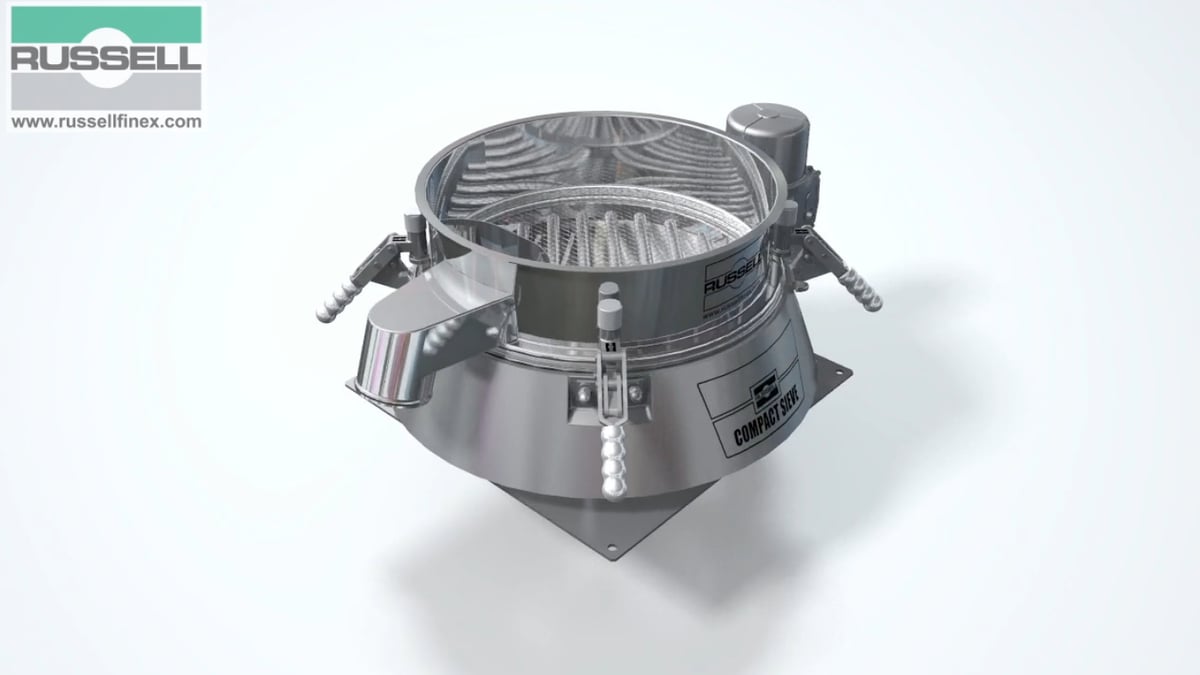The footwear maker has sped up production of its 3D printed athletic shoes by employing vibratory sieving.
Over the last few years, designers have begun to incorporate 3D printed elements into their fashion and the footwear industry is no exception.
Boston-based athletic shoe maker New Balance launched its Zante Generate shoe back in 2016. The design included a 3D printed midsole created by 3D Systems. Since then the company has expanded and partnered with Formlabs, the 3D printing company.
Now, New Balance has announced the addition of Russell Finex, the UK sieving and filtration equipment company, to become an integral partner of its 3D print production labs.
As part of its very own 3D printing facility, New Balance has installed the Russell Compact Sieve with Vibrasonic Deblinding System. This should help boost throughput and ensure purity of the processed powders for production of its midsoles. The company employs laser sintering of Duraform TPU Elastomer to 3D print the midsoles.
“To sieve 20kg of material using our previous equipment would take approximately eight hours. With the Russell Finex sieve, we can do the same amount in roughly ten minutes,” explained Daniel Dempsey, New Balance Senior Additive Manufacturing Engineer.

Assembly of the Zante Generate midsole. (Image: New Balance)
Speeding up the sieving process
Vibratory sieving is a critical tool to aerate powders before loading the material into a laser sintering machine. The technique boosts flowability of the material. In turn, this ensures that 3D prints can be run more stable over 24 hours.
In addition, ultrasonic screening has freed up time for the additive manufacturing laboratory’s engineering team. Now that they can screen faster, the team also gets to experiment more effectively with powders and finish off custom orders and batch work faster.
Dempsey praised the machine’s simplicity and functionalities:
“I’ve never had to do a single thing with this machine other than use and clean it. It’s fantastic. The system allows us to speed up the sieving process, and we’ve drastically increased our ability to iterate or prototype within the company due to prototyping the article directly and skipping a couple of rounds of injection moulding before commercialization. If you think about how that affects things like time to market or the product quality, the more iteration you can do the better product you’re going to end up with.”

Russell Compact Sieve. (Image: Russell Finex)
License: The text of "New Balance Installs Russell Finex Compact Sieve To 3D Print Footwear" by All3DP is licensed under a Creative Commons Attribution 4.0 International License.